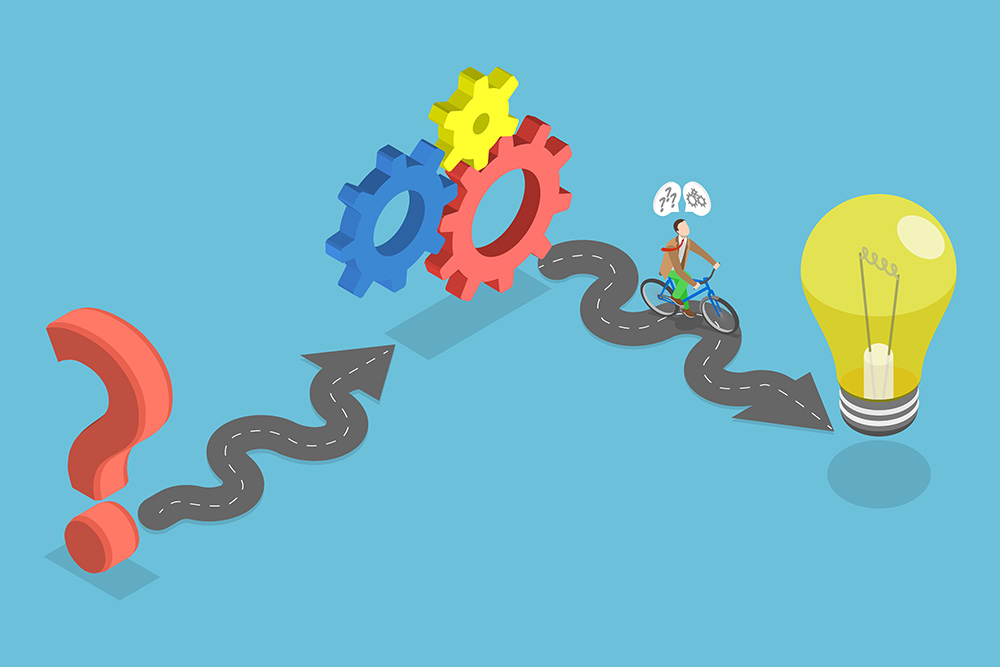Technical improvements that actually move the needle in e-commerce performance
Introduction
When people think of conversion optimization for e-commerce, they usually start with color palettes, button shapes, or headline formulas. But when you’re working with a platform like Magento, the biggest performance gains don’t come from how your store looks—but from how it functions behind the scenes.
I’ve worked with Magento stores that had beautiful design and great products, but still struggled with conversion rates. Why? Because their technical setup was holding them back.
In this post, I’ll walk you through the under-the-hood improvements I’ve implemented that had a real, measurable impact on revenue—no design tweaks required.
1. Reducing Load Times with Proper Caching and Session Handling
Magento is a powerful platform, but let’s be honest—it’s heavy. If you don’t optimize for performance, your store will feel sluggish.
In one project, I implemented a layered caching system using Varnish for full-page caching and Redis for session management. The result?
- Homepage load time dropped by 53%
- Cart page speed improved by 38%
- Conversion rate increased by 14% within 3 weeks
The frontend didn’t change at all. But the experience did.
2. Checkout Isn’t Just UX—It’s Architecture
One-step checkout plugins are popular, but I’ve seen many that conflict with shipping logic, tax rules, or payment gateways—especially in multi-language or multi-currency setups.
Instead of blindly installing another module, I’ve helped teams analyze checkout logs, browser console errors, and event misfires to diagnose real friction points.
In one case, a shipping method wasn’t showing for logged-in users due to a JavaScript dependency not loading under certain conditions. Fixing that bug increased completed checkouts by 11%—without touching a single design element.
3. Tracking the Right Events—Not Just the Final Conversion
Magento sites often miss micro-conversion tracking. They focus on purchases but ignore what happens before:
- Product image zooms
- Add-to-wishlist clicks
- Coupon code usage
- Filter interaction in category pages
I build custom GTM layers to track these interactions. This gives marketing teams visibility into intent signals and helps retarget users more effectively. One store saw a 19% uplift in return-user conversions just by segmenting users who engaged with product filters but didn’t convert.
4. Handling Extensions with Discipline
Magento’s flexibility is a double-edged sword. I’ve inherited builds with over 40 active extensions—half of which were slowing down the store, conflicting with each other, or adding unnecessary tracking scripts.
I usually start every optimization project by auditing all modules:
- Are they used?
- Are they maintained?
- Do they inject scripts or extra HTTP requests?
Trimming down the stack not only improves performance but also reduces the chance of bugs during campaign launches or peak traffic.
5. Syncing Backend Logic with Frontend Behavior
In one project, product availability wasn’t updating in real time due to a sync delay between ERP and Magento stock statuses. That mismatch caused users to attempt to buy items that were no longer in stock—leading to frustration and churn.
By restructuring the cron job frequency and caching rules, we synced inventory faster and restored user trust. That single fix contributed to a 7% reduction in cart abandonment.
Final Thoughts
Magento gives you control—but with that comes responsibility. If you treat it like a plug-and-play system, you’ll never unlock its real power.
Conversion optimization in Magento isn’t about redesigning your homepage—it’s about streamlining how your store loads, processes, and responds to user behavior.
If your store looks great but still underperforms, the problem might be something users can’t see—but definitely feel.
Need help finding it? I’d be happy to take a look.



